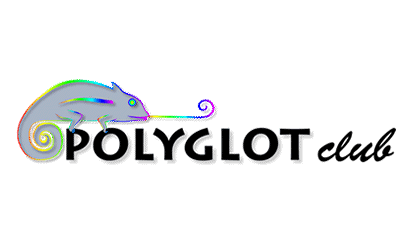The chemical industry is growing rapidly along with the increase in the world’s population.
The industry that uses synthetic dyes in the process of making its products is also increasing.
Industries that use synthetic dyes include paper, medicine, food, cosmetics, printing and rubber.
Synthetic dyes contain compounds with complex aromatic molecular structures, making them difficult to decompose naturally when discharged into the environment.
Dyes in the waste will cause environmental problems.
Waste with a dense color and high levels of chemical oxygen demand (COD) will poison life in the waters because of the molecular nature of the compounds in it that can bind metal ions.
Several types of synthetic dyes used in industry are stable.
Does not undergo oxidation and is not affected by light and is resistant to aerobic decomposition processes.
One of the compounds that is widely used in the dyeing of fabrics, leather and printing is methylene blue.
Methylene blue is one of the dye compounds that is soluble in water, is cationic and is often used in the fields of chemistry, biology, medicine and the coloring industry.
These dyes are not very toxic to humans, but can cause eye irritation, skin irritation, systemic effects including blood changes.
In addition, exposure to certain levels of this compound can cause vomiting, nausea, diarrhea, dizziness, excessive sweating and digestive inflammation.
Various methods are used to treat waste containing synthetic dyes, including biological, physical and chemical methods which include adsorption, biosorption, coagulation or flocculation processes, further oxidation, ozonation, membrane filtration and liquid extraction.
The advantages and disadvantages of each method have been widely discussed.
In particular, adsorption is one of the physical methods that is widely used to treat waste containing dyes because it is easy to use, efficient and low in energy requirements, and can use various types of adsorbent materials.
Tea dregs contain 27.42% crude protein (percent in dry weight).
This crude protein is rich in cellulose with a fairly high level, which is about 33.54% of its dry weight.
This cellulose provides poly-electrolyte properties that can be used as an adsorbent for alkaline dyes which are usually used as fertilizers, animal feed, natural cosmetic ingredients, and adsorbents by the public, because the materials are cheap, easy to obtain, and environmentally friendly.
Tea dregs waste can be classified as carbon adsorbent.
The physical properties of tea dregs such as large surface capacity and fast adsorption kinetics make tea dregs suitable for use as an environmentally friendly adsorbent with minimal capital and easily available raw materials.
Several studies with optimization of the operating conditions of adsorption have been carried out.
Zahangir et al (2007) carried out statistical optimization of the adsorption process to remove 2,4-Dichlorophenol by activated carbon from oil palm empty fruit bunches.
The optimum operating conditions in this study were obtained: stirring speed of 100 r/min, contact time of 8 hours, initial adsorbate concentration of 250 mg/L and pH 4.
 English
English September 2022
September 2022
 Bầu chọn ngay!
Bầu chọn ngay!  English
English












































